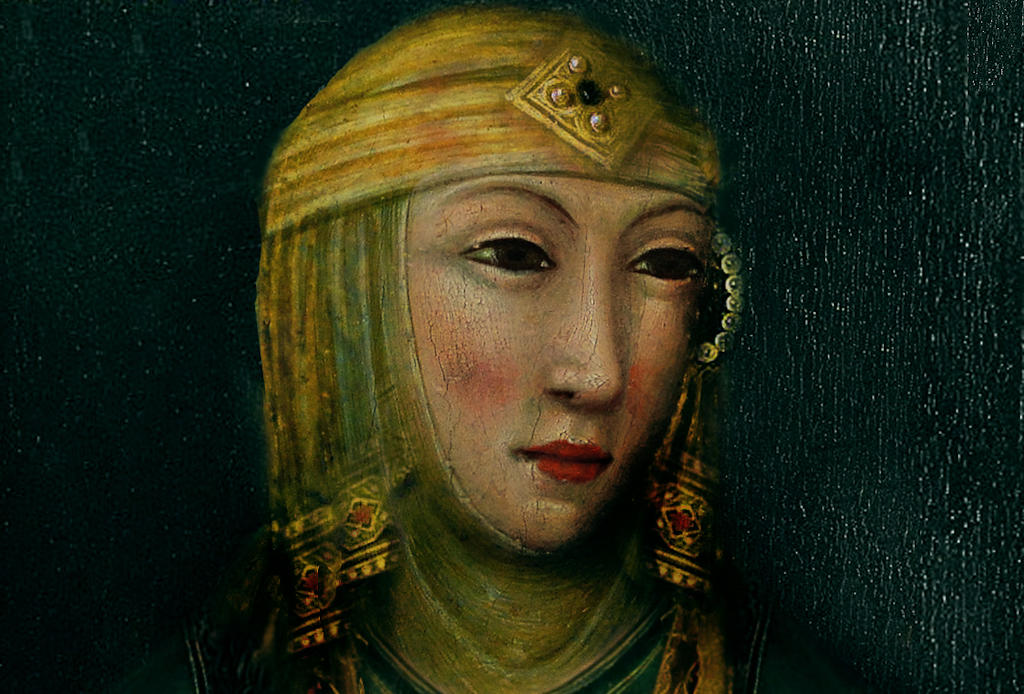Leonor had three full siblings: two brothers, João Afonso Telo and Gonçalo Teles de Meneses, and a sister named María Teles de Meneses. María was married to Alvaro Dias de Sousa and later to John of Portugal, an illegitimate half-brother of Leonor's husband, King Ferdinand I. María was murdered in 1379, and there is suspicion that Leonor may have been involved in the crime to secure the succession of her daughter Beatrice.
Leonor also had an illegitimate half-sister, Juana Teles de Meneses, whom she arranged to marry Juan Alfonso Pimentel, the Count of Benavente. However, Pimentel supported the cause of the Castilian king during the succession crisis and was exiled to Castile.
Leonor's marriage to King Ferdinand I took place in 1372 after several failed betrothals. They had two children together: a daughter named Beatrice and a son named Afonso, who died shortly after birth. Their marriage was not without controversy, as Ferdinand sought to annul Leonor's previous marriage on grounds of consanguinity to preserve the legitimacy of their daughter.
Lisbon.vip Recommends
After the death of King Ferdinand I in 1383, Leonor assumed the regency on behalf of her daughter, who had married King John I of Castile. This sparked a succession crisis, with factions supporting either the Castilian king or the Portuguese bourgeoisie's desire for independence. There were even suggestions of a possible marriage between Leonor and the master of Aviz, the future King John I of Portugal, as a means to secure Portuguese independence. However, Leonor rejected this proposal.
In the midst of the crisis, a conspiracy was organized to assassinate Juan Fernández de Andeiro. Several attempts failed, but on December 6, 1383, the master of Aviz successfully killed Andeiro. This event marked a turning point in the succession crisis, and the Portuguese bourgeoisie who opposed Castilian influence gained momentum.
Leonor's reign as regent came to an end in 1384 when her daughter and King John I of Castile were defeated by the Portuguese forces in the Battle of Aljubar.



